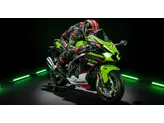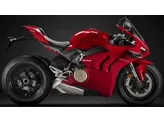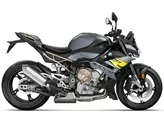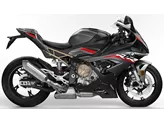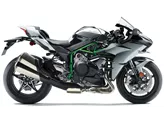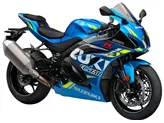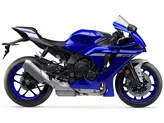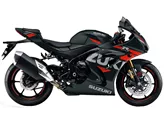Kawasaki Ninja ZX-10R 2015 vs. BMW S 1000 RR 2015

Kawasaki Ninja ZX-10R 2015
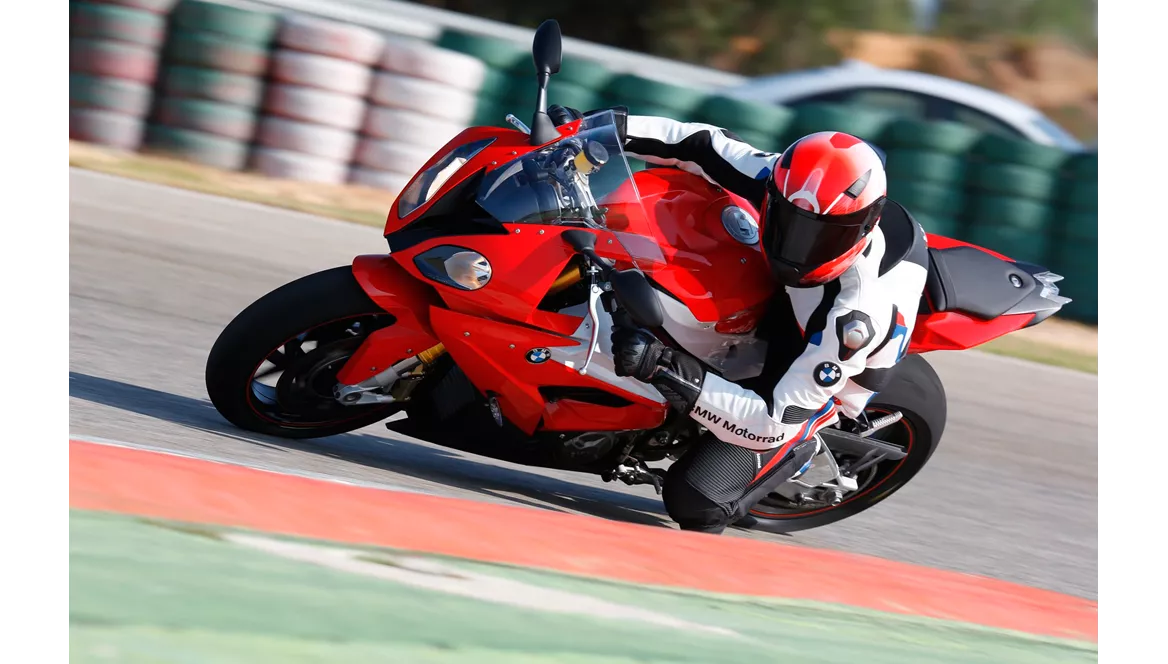
BMW S 1000 RR 2015
Overview - Kawasaki Ninja ZX-10R 2015 vs BMW S 1000 RR 2015
The Kawasaki Ninja ZX-10R 2015 and the BMW S 1000 RR 2015 are both supersport motorcycles that offer high performance and advanced features.
In terms of the engine and drivetrain, both motorcycles have an inline four-cylinder engine. The Kawasaki Ninja ZX-10R has a bore of 76 mm and a stroke of 55 mm, while the BMW S 1000 RR has a slightly larger bore of 80 mm and a shorter stroke of 49.7 mm. The power output of the Kawasaki Ninja ZX-10R is 200.1 HP, slightly higher than the 199 HP of the BMW S 1000 RR. However, the torque of the Kawasaki Ninja ZX-10R is 114.3 Nm, slightly higher than the 113 Nm of the BMW S 1000 RR. Both motorcycles have a compression ratio of 13 and four cylinders. The displacement of the Kawasaki Ninja ZX-10R is 998 ccm, while the BMW S 1000 RR has a displacement of 999 ccm.
In terms of suspension, the Kawasaki Ninja ZX-10R features a telescopic upside-down fork, while the BMW S 1000 RR has a telescopic fork. Both motorcycles have an aluminum frame, providing a lightweight and rigid structure.

Kawasaki Ninja ZX-10R 2015
In terms of braking, both motorcycles have dual disc brakes at the front. The Kawasaki Ninja ZX-10R uses radial petal technology, while the BMW S 1000 RR uses radial technology.
In terms of dimensions and weights, both motorcycles have a front tire width of 120 mm and a front tire diameter of 17 inches. The rear tire width is also 190 mm, and the rear tire diameter is 17 inches. The Kawasaki Ninja ZX-10R has a wheelbase of 1115 mm, while the BMW S 1000 RR has a longer wheelbase of 1425 mm. The seat height of the Kawasaki Ninja ZX-10R is 813 mm, slightly lower than the 815 mm of the BMW S 1000 RR. Both motorcycles have a fuel tank capacity of 17 liters, with the BMW S 1000 RR having a slightly larger capacity of 17.5 liters.
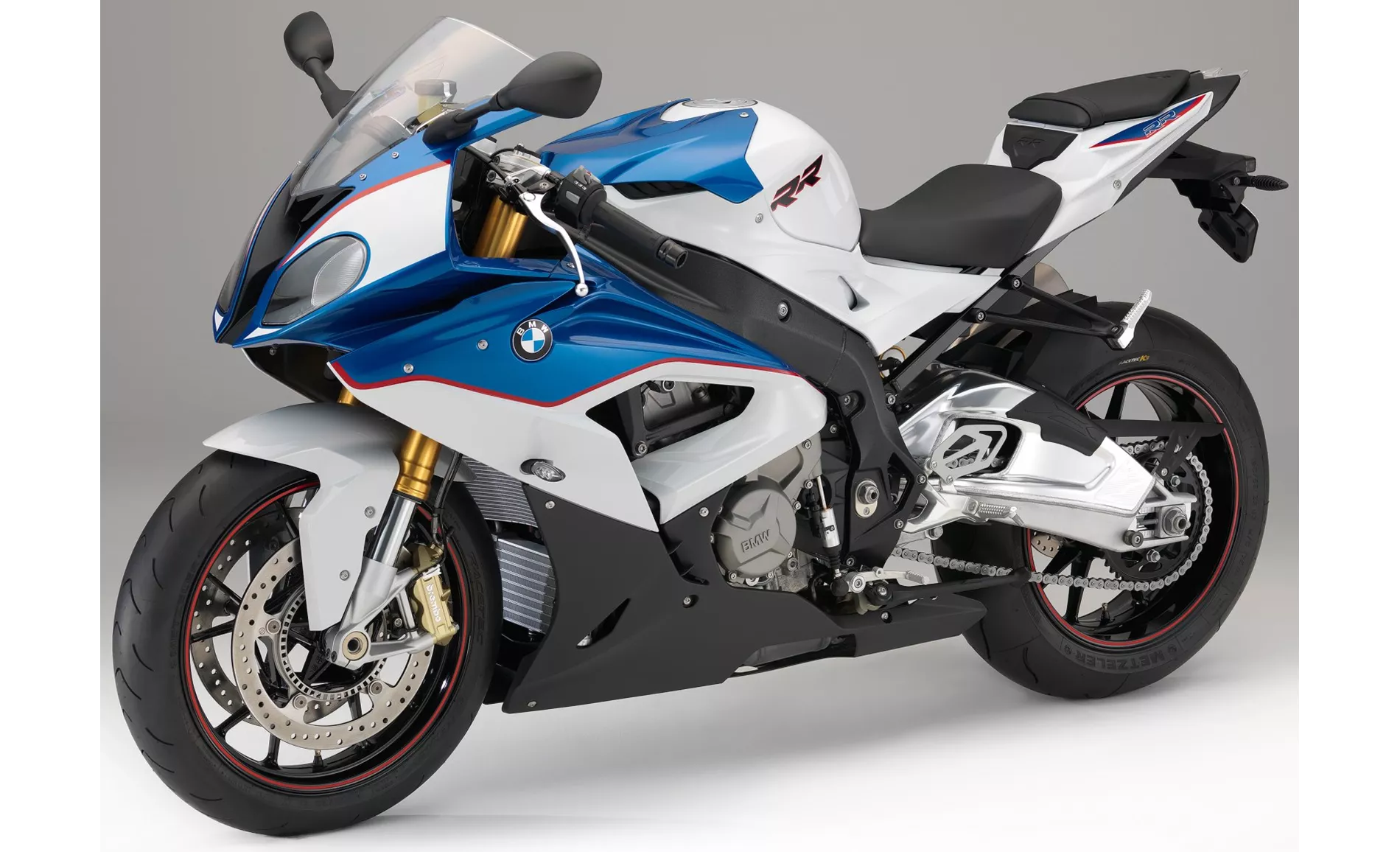
BMW S 1000 RR 2015
In terms of strengths, the Kawasaki Ninja ZX-10R is considered an excellent base for a competition motorcycle, with a strong engine in the upper range of rotations and a good chassis. On the other hand, the BMW S 1000 RR is praised for its excellent gear shift assistant, incredibly powerful and high-revving engine, wide range of accessories, and the availability of a data logging and race calibration tool.
However, the Kawasaki Ninja ZX-10R has some weaknesses, including a transmission ratio that is too long, a lack of power in lower rotations, and a traction control system that cannot keep up with top-level motorcycles. The BMW S 1000 RR, on the other hand, has a chassis that can quickly reach its limits in the hands of professionals.
In conclusion, both the Kawasaki Ninja ZX-10R 2015 and the BMW S 1000 RR 2015 are high-performance supersport motorcycles with their own strengths and weaknesses. The Kawasaki Ninja ZX-10R offers a solid base for competition and a strong engine, while the BMW S 1000 RR boasts an excellent gear shift assistant and a powerful engine. Ultimately, the choice between the two will depend on individual preferences and priorities.
Technical Specifications Kawasaki Ninja ZX-10R 2015 compared to BMW S 1000 RR 2015
Pros and Cons in comparison
Pros and Cons in comparison
Kawasaki Ninja ZX-10R 2015

A ZX-10R esteve mesmo no meio durante o teste. Não era tão rápida e radical como a R1, Panigale, BMW e Aprilia. Mas também era mais desportiva do que a Honda e a Suzuki. Enquanto a Honda e a Suzuki precisariam de motos completamente novas para alcançar o topo, a Kawasaki só teria que dar à ZX-10R uma pequena atualização. Mas os pilotos satisfeitos da ZX-10R não precisam de desesperar. A diferença para o topo é suficientemente pequena para a apanhar com alguns acessórios. Porque a ZX-10R tem uma vantagem decisiva. Está no mercado há muito tempo e há peças suficientes disponíveis, incluindo as informações de configuração necessárias. Se não quiser envolver-se em experiências, pegue numa Kawasaki e, com alguns passos simples, também estará no topo.
BMW S 1000 RR 2015

A BMW ainda pode marcar pontos com factos concretos em 2015. Se gosta de desempenho de topo, tem de comprar o BMW. Torna-se incrivelmente poderoso no topo e afasta o resto do campo de 200. Os pilotos grandes e pesados poderão se beneficiar ainda mais disso. A BMW não facilitou as coisas para si mesma com esta moto e montou uma moto muito universal. Se fizéssemos um teste comparativo com 50 pilotos diferentes (desde principiantes a profissionais), a BMW teria a melhor média de todas as motos de 1000cc. O chassis eletrónico, mas também as ajudas à condução, tornam os profissionais rápidos e os principiantes seguros na estrada. Uma recomendação de topo para um grupo-alvo muito vasto. Os condutores amadores muito rápidos não ficarão 100% satisfeitos com a suspensão de série. Se não quiser modificar o chassis, deve optar por uma R1M, uma Panigale S ou uma RSV RF. Se quiser converter de qualquer forma, a S 1000 RR é a base mais forte e universal. Surpreendentemente, a potente máquina também anda muito bem em estradas rurais. Em suma, parece um compromisso, mas nunca se sente como tal na prática.
Price Comparison Avarage Market Price Kawasaki Ninja ZX-10R vs BMW S 1000 RR
There are a few key differences between a Kawasaki Ninja ZX-10R 2015 and a BMW S 1000 RR 2015. It takes less time to sell a BMW S 1000 RR with 77 days compared to 81 days for the Kawasaki Ninja ZX-10R. Since model year 2005 1000PS.de editors have written 51 reviews for the Kawasaki Ninja ZX-10R and 135 reviews for the BMW S 1000 RR since model year 2010. The first review for the Kawasaki Ninja ZX-10R was published on 11/01/2004 and now has more than 2 900 views. This compares to more than 4 000 views for the first review on BMW S 1000 RR published on 16/04/2008.




